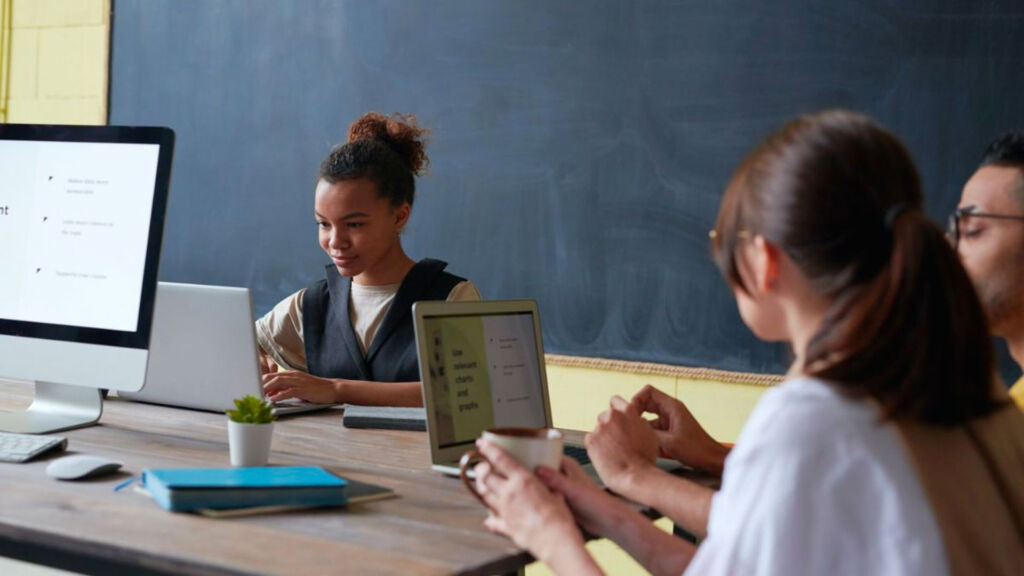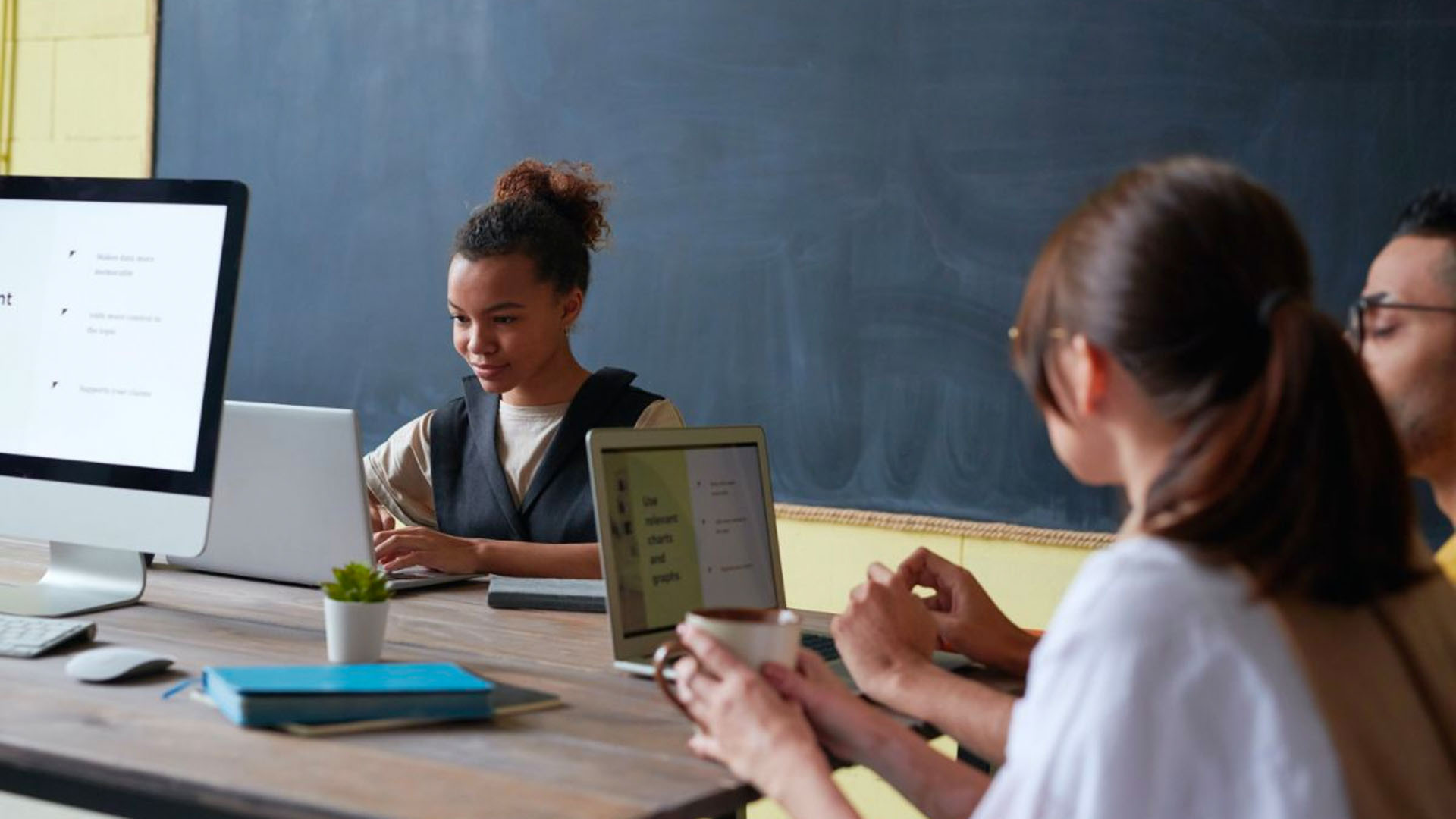When we all went digital overnight we started seeing free offers from every technology platform and company. Teachers started getting inundated with every type of tool you could possibly use on a device—apps, sites, widgets, and gadgets…oh my! As Chris Young shares in his blog post on Keep Indiana Learning, we went to the grocery store of tech tools on an empty stomach. Everything looked delicious and necessary, so we bought into it all. Now that we are not in panic implementation of digital learning, it is time to reassess our technology tools with a thoughtful and more satisfied eye. We realize that digital learning is a lifestyle change and that we must assess our habits for those that are healthy and sustainable for this transition to technology infused education in a post-COVID teaching and learning world. We must be thoughtful when selecting tools for our students to use. Ask yourself: When I use this tool, will the learning be focused on my content or will students spend most of their time learning to use the tool? If the tool is new, has an overly wide variety of features, or is organized in too unique of a way, students will spend most of their time just learning to navigate the platform.
👍 Introducing a new tool that you will use repeatedly in your classroom should be done with low-risk content for the first few times. Make the purpose of the learning the tool, not the content, so that they feel confident getting familiar with the way the tool works. Give them positive feedback on successfully using the tool, showing that you value the process, not just the end-product.
🤨 Consider your end game with the tech tool. What do I need students to demonstrate so I know they understand the content? Can this be done with an existing tool used in a creative way? Often teachers say that they don’t want to keep using existing tools like Google Slides because the “kids have already done a presentation.” However, when you consider that students may already be fluent in the function of Google Slides, using the tool in a creative way will not only make them engage more deeply with the tool, but keep the focus on your content instead of learning a new platform.
🤩 Spark your creativity with Google Slides. Ditch That Textbook has examples and templates for using Slides in new and unique ways. Fellow Indiana Educator, Jessica Zepik, created a 2-pack of free On Demand videos demonstrating how you can use the Google Slides for the 4 C’s: Creativity, Collaboration, Critical Thinking, and Communication.

If a website or tool is offering free access or accounts, what are they really doing to make money? The old saying of “there is no free lunch” is as true here as anywhere. These “free” tech tools make money in a variety of ways. Sometimes they are upfront about those ways, like offering “free-mium” pricing: get a little for free, get more if you pay for the premium option. Sometimes, they are not so upfront about how they capitalize off those “free” accounts.
👍 If a tech tool or site asks for a teacher’s personal information (name, email, address, employer, etc.) to create an account, it is so they can send you emails full of offers and advertisements. They may also sell your name and email address to other companies to fill your inbox with even more ads and offers. As an adult and a savvy tech user, you may be fine with that as you can easily click “unsubscribe” and keep using your free tool. Balance the “price” of the free tool with what you are really gaining from the use.
🤨 Tech tools that require students to make an account by filling in personal information or by using a single sign on option like “Log In With Google” should be evaluated much more rigorously. They are collecting personal data from minors. This is not only a red flag, but could also be in violation of the Children’s Online Privacy Protection Act (COPPA) if the child is 13 or under. COPPA, in a nutshell, says that websites that create accounts for children 13 or under must have permission from parents or guardians. Chad Heck, Indiana school librarian and licensed attorney, shares more details in his short video “Student Data Privacy in a Nutshell.”
🤩 Bring your students into the conversation about evaluating tech tools. Part of being a savvy technology user is being an informed technology user. Talk to them about how advertisers are influencing them when they are on YouTube or social media. When you are planning to offer technology as a creation tool, give them the chance to decide which approved tool to use. Knowing when to select a spreadsheet, document, or slideshow to best display their learning can be an empowering moment of student agency. They might get it wrong before they get it right, but that’s part of the learning process.
As a colleague recently said to me, “A crisis is a terrible thing to waste.” We have learned so much through this forced experiment in immersive digital learning. Let’s capitalize on the barriers we were able to overcome, the advances we were able to make, and the potential we can take forward with us into the Post-COVID landscape of teaching and learning. Our new, trial-by-fire-tested teaching selves will emerge more flexible, more powerful, and ready to take on the transformed spaces of education. Explore more about Student Data Privacy and find those edtech tools that are COPPA, CIPA, and FERPA compliant at www.ikeepsafe.org.
Resources
Please login or register to claim PGPs.
Alternatively, you may use the PGP Request Form if you prefer to not register an account.



